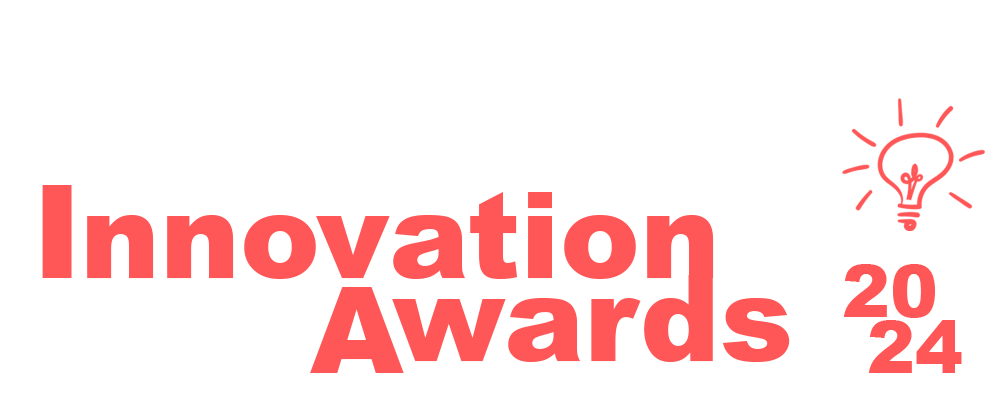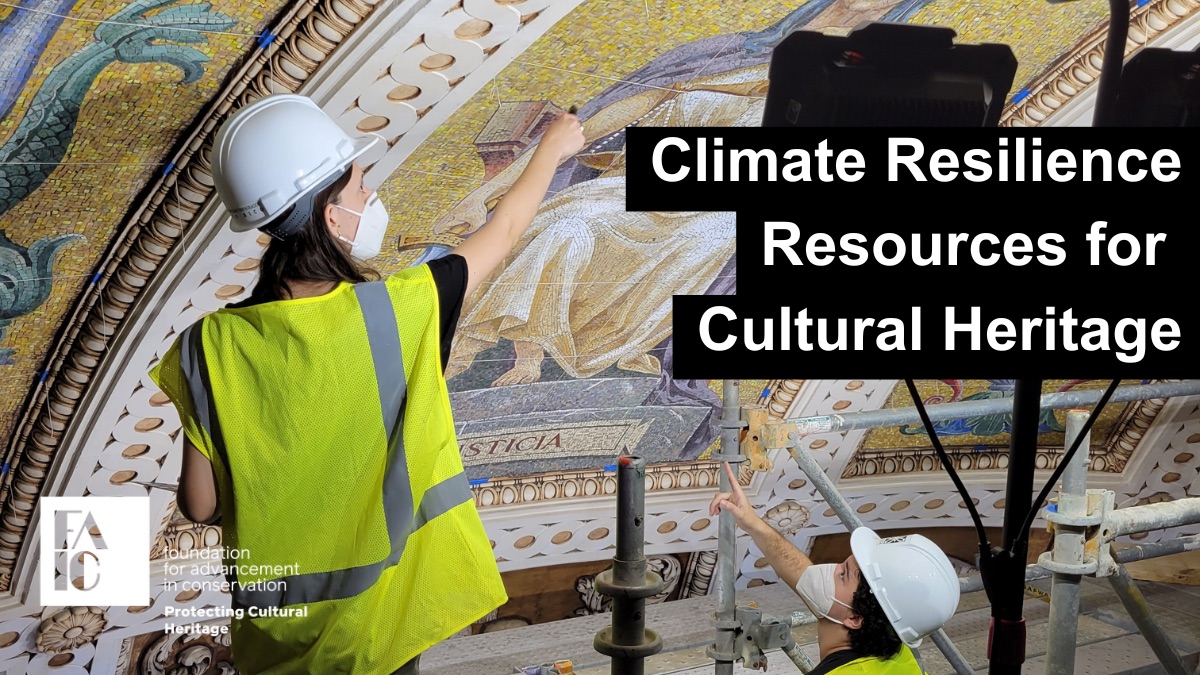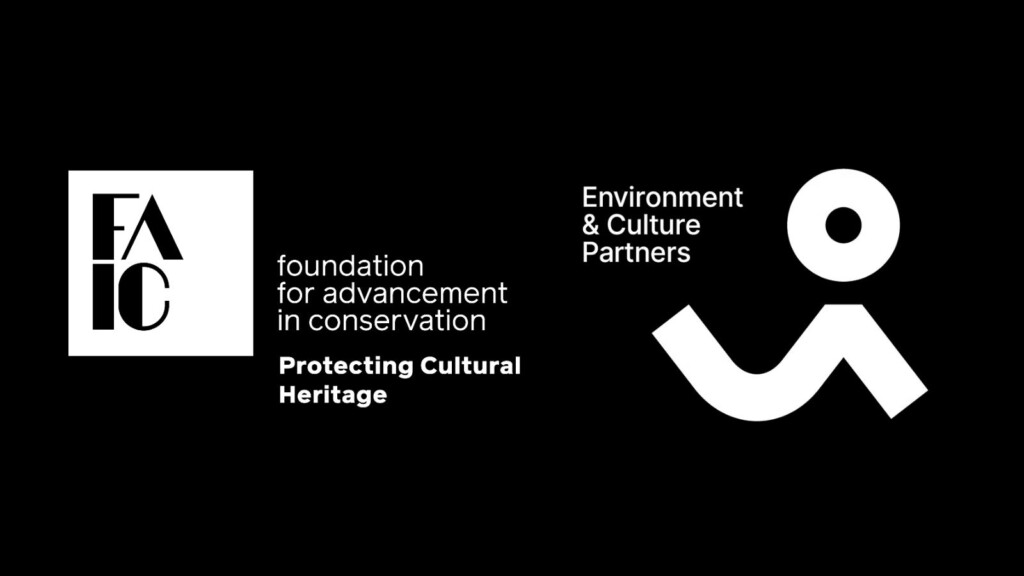The toolkit components are:
● A step-by-step guide to developing a resilience strategy, in English and Spanish, on topics ranging from understanding vulnerabilities to climate change impacts and how collaboration builds resilience.
● An interactive mapping tool that allows users to explore current and future risk information for climate-related hazards, such as flooding and extreme heat. Users can explore risk using their address or site, neighborhood, and region in the United States and Territories. The tool was developed in collaboration with Harvard University’s Center for Geographic Analysis.
● Recommendations for forming and leading climate learning groups from cultural heritage stewards in New Mexico and Puerto Rico who used CRR to develop resilience strategies to care for sites in their communities.
CRR’s directive is to change and broaden the approach to how cultural resources can be made resilient and sustainable in our radically changing climate. It’s common for people to feel the overwhelm of climate change as a problem so big and complex that there is nothing they can possibly do to make a difference. And to address that, CRR’s components were developed to scale ability and build capacity in reasonable and actionable ways.
Those new to this can start by exploring the hazards in their area at present to the year 2050 to just get an idea of what’s possible, OR they can engage in section one of the guide to developing a resilience strategy, “Introduction to Climate Change and Resilience.” If someone is farther along in this work, perhaps they grow their capacity and positive impact by building a community of practice using CRR’s guide for “Forming and Sustaining Learning Groups,” or consider the shared hazards and risks in their locale with others and how to thrive despite.
CRR helps practitioners and organizations build sustainable practices for stewarding cultural heritage. With an understanding of not only the potential hazards in an area, but the intensity and frequency, they can consider new protocols and building designs that limit or thwart damage to the cultural heritage in their trust. If more extreme precipitation events are expected, practitioners might implement a network of rain gardens and other native vegetation to process and filter polluted stormwater, reducing the intensity and risks of a flood. If more extreme heat and/or wildfires are likely, organizations can work toward implementing solar power and battery packs to sustain the temperature and humidity needs of their collection and serve as a place of refuge for communities in need of clean air.
Ultimately, this tool was built to inspire hope through action for those that care for our cultural treasures, moving individuals and organizations from a place of hesitation, to empowerment, to motion, all alongside their colleagues and partners.
Partners
The Foundation for Advancement in Conservation (FAIC) partnered with Environment & Culture Partners to develop Climate Resilience Resources for Cultural Heritage. It was made possible in part by the National Endowment for Humanities (NEH) as the first action item resulting from the Held in Trust agreement between FAIC and NEH. Held in Trust is an examination of the needs and future of conservation and preservation in the US.



